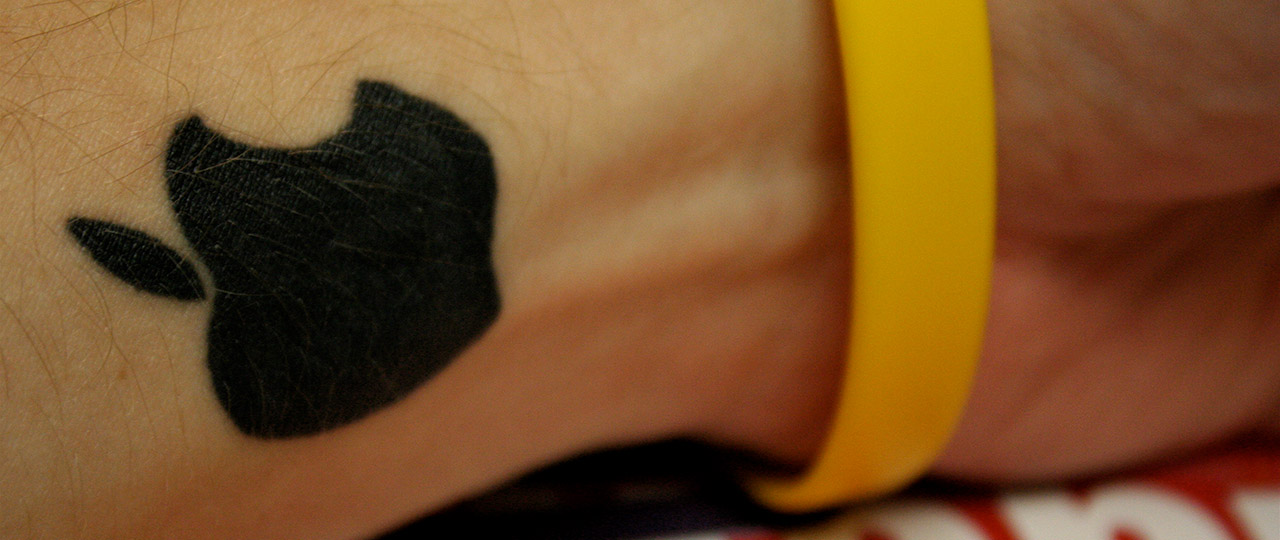“How do you get people so revved up that they’re willing to slap a sticker on their car out of allegiance to the company, or tattoo their bodies with your brand” Ravi Sawhney
It used to be that a brand stood for whatever its company defined. It was a tag line, a logo, a design treatment, or perhaps the functional essence of the product itself. In the “golden age” of mass outbound media, companies (and their ad agencies) defined a brand for us. We either embraced it or we didn’t, but make no mistake, the communication was one way.
This level of control of the communications mechanism also gave rise to the notion that the company controlled the brand itself. Just as the command and control organizational model still remains in place today in many companies, this notion that the company controls its brand persists in many organizations. But companies cannot control their brands. Just as communications have inherently shifted to be democratized and multi-directional, so has the power to control what is said about a brand and how many people that conversation may reach.
If brands are really the public’s collective perception of what a company or product stands for, or as Brian Solis has said, the “culmination of shared experiences” with it, then the power has shifted to the user or customer.
This is neither a wholly bad or good thing. It just is reality and companies are not bystanders in this process. While they cannot CONTROL a brand image any longer, they can clearly INFLUENCE perceptions of the brand and can take actions designed to lead to positive impact on their brands.
Think about the brands for which you have the greatest affinities. Why are you loyal? Why do you evangelize on their behalf?
The first and most important piece of brand strategy is to design and implement the best possible user experience for the customer. The product or service needs to be great, remarkable even. But then everything else that impacts the customer’s experience with your company needs to be equally as good. Service and support should not only be helpful, but it too should be remarkable. In a sense, the best strategy – social, branding, or otherwise – is to generally “be awesome.” In short, you should try to imagine what you would want a customer to tell their friend about your company and then engineer experiences that would help lead to that outcome.
I tell my friends about Apple’s design and function because it has an impact on me. Even the packaging on my first iPod was so well designed I told people about it. I have had multiple experiences with Fedex’s service that was so good, I literally told people about it (my son dropped a regular mail envelope with a large check in it into a Fedex box once…long story).
Beyond the “what” (the product), and the “how” (what surrounds it), the “why” (the greater mission) is often the biggest factor in the affinity customers have for a brand and the reason that they evangelize on it’s behalf. Because of this, the second part of a brand strategy is to define that mission and invite users to join it, be part of it, and contribute to it.
And this brings us back to control vs. influence. Those companies that recognize their role is to define what they want to stand for and then to live that mission across all their interactions with the public – product, service or otherwise – will be successful in establishing the brand they would want to define if they had actually had that level of control. By living their brand, rather than just messaging it, they have a better chance to influence the outcome they desire. Maybe then their customers will get tattoos of their logos…
Photo Credit by TerryJohnston

